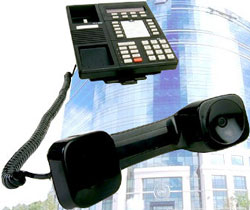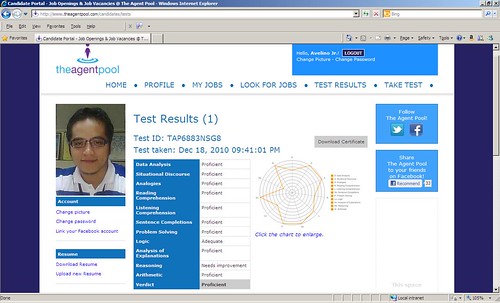I am not a CPA nor am I a tax attorney, and any of the following suggestions are just ideas that should be reviewed with your own CPA and/or tax attorney. Second, some of these suggestions may trigger or adversely affect the Alternative Minimum Tax, so talk to your tax advisor about this. I tried to come up with some uncommon tips that you normally wouldn't see written about elsewhere.
1. $20 Gold Pieces for Your HeirsThis is one I heard from a coin dealer, so be very skeptical about this and definitely run it by your accountant. The technique is to buy a bunch of rare $20 Gold Pieces which you will eventually leave to your heirs. When I say rare, I mean $100,000 or $200,000 for a coin. When you pass away, because the coins are still considered currency, they will only be valued at $20 each for estate tax purposes (according to this coin dealer). The coin dealer has other suggestions with these coins (i.e. being paid with them to reduce capital gains, etc.), but I'm even more skeptical about that. (Do you think the coin dealer has a hidden motive by saying this?) Like I said, ask your CPA or tax attorney.
2. Anonymous Donations to CharityIf you have ever wanted to make a totally anonymous donation to a charity (and there are several reasons you may want to) but still want to be able to take a tax deduction, here is what you can do. Go to your local post office and buy some Postal Money Orders. You are allowed up to $1000 per money order. Don't request more than three at once, otherwise the Post Office will request identification from you. On the money orders, write the name of the charity where it says "Pay to" along with the charity's address, but leave the part where it says "From" blank. However, on the receipt, which you will keep with your tax records, you can fill in your name as the sender. As for the original, send it in to the charitable organization in a plain envelope and no one will be able to trace it back to you.
3. Worthless StocksAccording to the IRS, "a taxpayer who owns stock that was acquired on the open market for investment and that has declined in value is allowed a deduction for a capital loss in the taxable year in which the stock is sold or exchanged or becomes wholly worthless." But the big question is "When do they become worthless?" Worthless is kind of a nebulous word. Just because a company declares bankruptcy, doesn't necessarily mean that the stock stops trading. And I've seen several stocks stop trading for a year or two then start up again. If you have the stock in the form of a certificate, there are companies that will buy your old certificates as
collectibles. It may not be much, maybe only a dollar, unless the company is in an unusual industry or has an interesting picture on it. The sale might be considered a transaction for capital loss purposes, but you need to ask your advisor.
Please note, if a public company committed accounting fraud (e.g Enron), you cannot deduct the loss as a theft loss. The IRS states that they will disallow such deductions and may impose penalties.
4. Short SellingIf you are a short seller, and you short a lot of stocks that pay dividends, remember that technically you owe and pay the dividends to the owner of the shares that you shorted. Since this is an investment expense, make sure your accountant takes this into consideration.
5. Municipal Bonds from US TerritoriesFor the owners of a diverse portfolio of municipal bonds who live in states with income taxes, remember that if you have any munis from Puerto Rico, the Virgin Islands, or Guam, the income is exempt from state income taxes. On the Tax Statement Form from brokerage firms, generally all income from municipal bonds are lumped together in the same section. If you live in California, and you own munis from New York, California, Puerto Rico, and Texas, the
interest on the California and Puerto Rico bonds are exempt. Occasionally, staff workers at accounting firms may carve out (in this case) just the California interest, and lump all the other interest together, including the Puerto Rico interest, as taxable California income. Of course, it's always a good idea to check your entire return before you sign it.
You will of course see a lot of other tax saving tip articles this week. A couple things to keep in mind. Many income and deduction adjustments can trigger the AMT. Also, if you expect your income to be much higher next year, take a longer term approach to planning your deductions. As previously mentioned, check any tax techniques, the ones above and any others that you read about, with your tax advisor.
By
Stockerblog.com

 The week after Christmas is traditional for schlepping gifts back to the store from which they came. Another item or, better yet, a cash refund is your reward for standing in long lines to present your paperwork for inspection.
The week after Christmas is traditional for schlepping gifts back to the store from which they came. Another item or, better yet, a cash refund is your reward for standing in long lines to present your paperwork for inspection. 


















